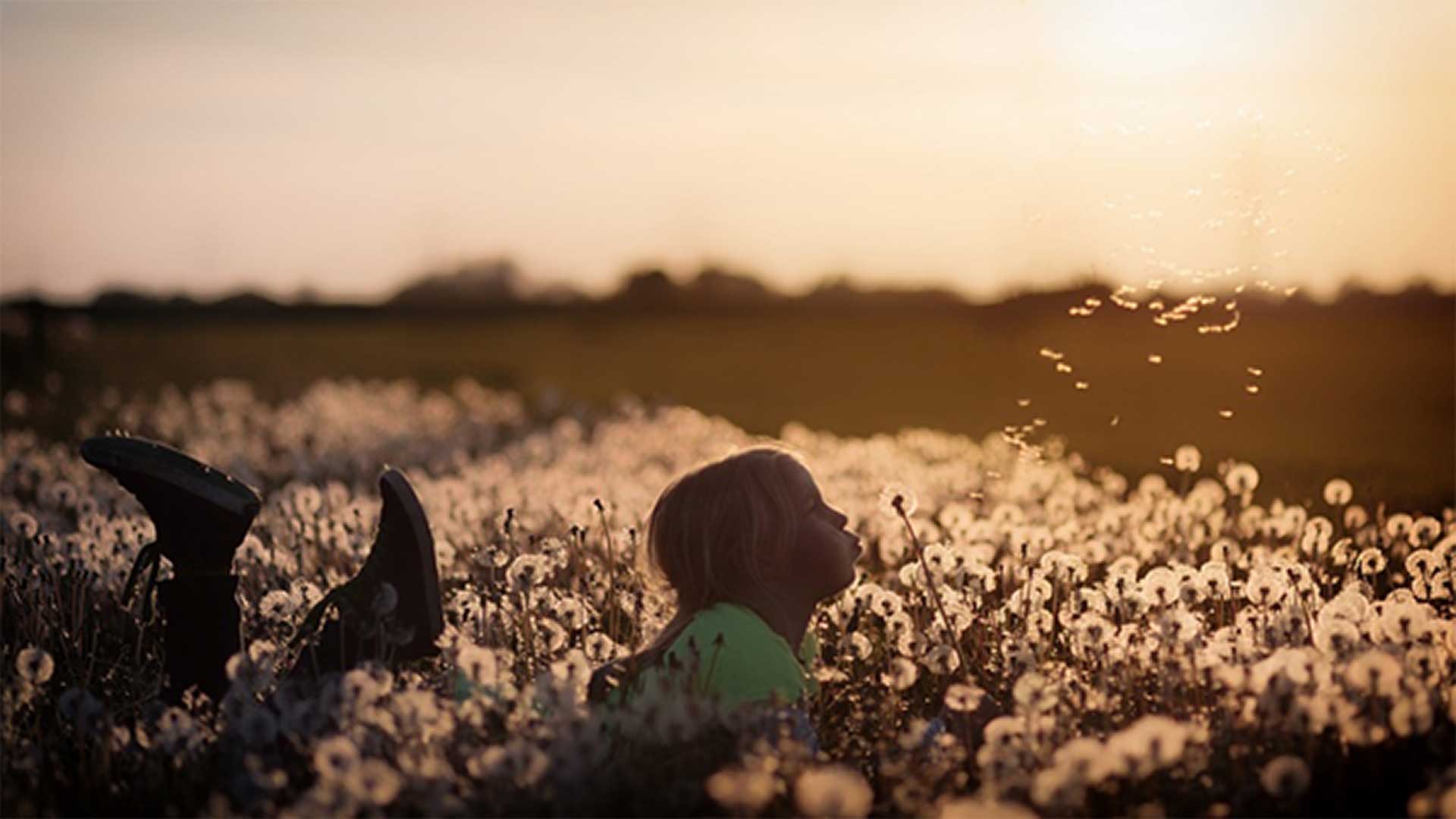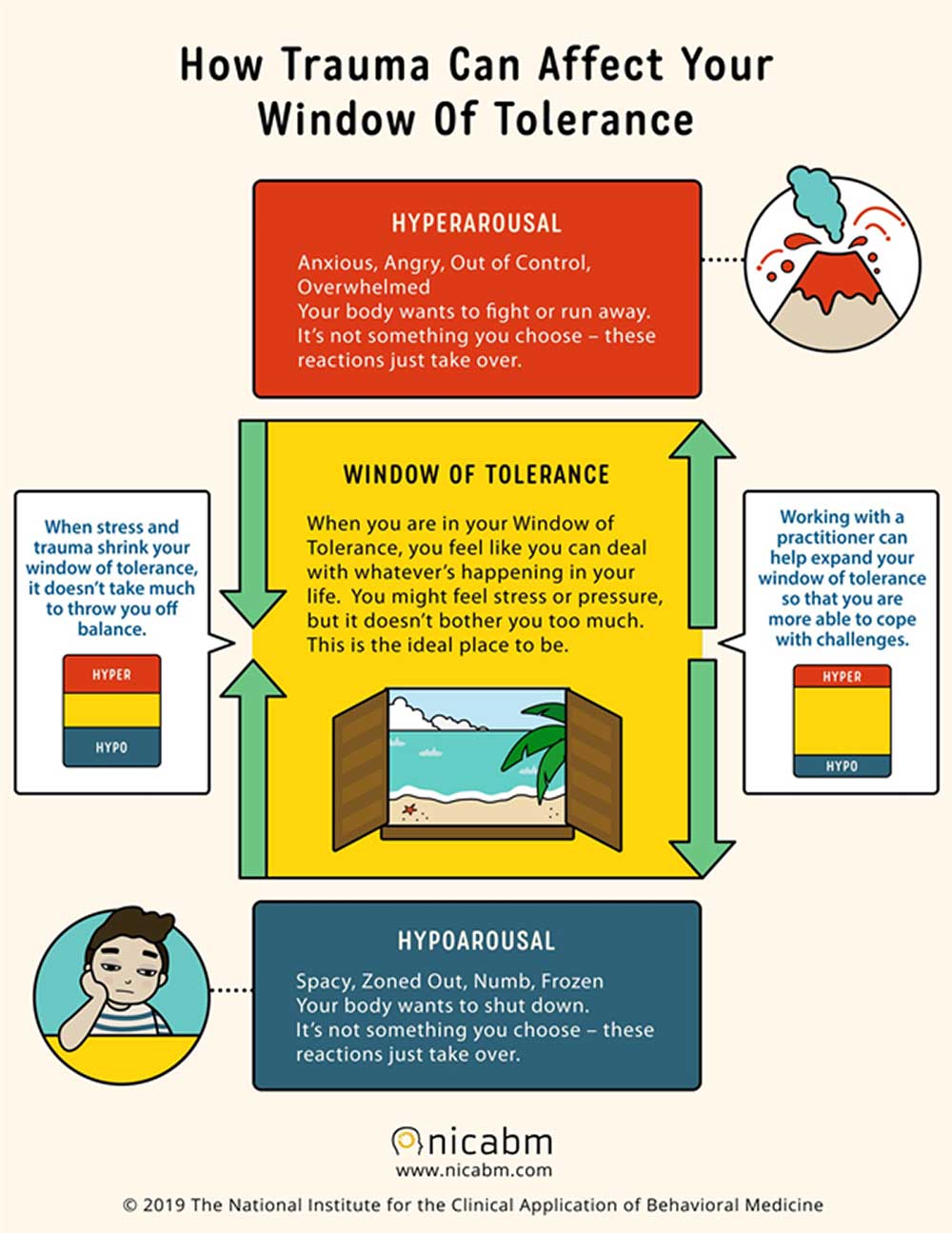Childhood Trauma and Neglect
Trauma in early childhood can be particularly harmful. Many of my clients experience anxiety and depression from their experiences as a child. This often means that the trauma is stored in the body and the mind and impacts the lens in which they see and feel their world. They have learnt ways to protect themselves as a child which in adult life can be counterproductive to living a healthy and peaceful life. It may have been a life saver as a child but can inhibit strong positive relationships as an adult.
Early childhood trauma generally means trauma between birth and the age of six and childhood trauma is longer than that. A child’s amazing brain grows and develops rapidly, especially in the first three years. Young children are also very dependent on the caregivers for care, nurture and protection. This can make young children especially vulnerable to trauma. When trauma occurs early it can affect a child’s development. It can also affect their ability to attach securely (attachment trauma), especially when their trauma occurs with a caregiver.

What is childhood trauma?
“The experience of an event by a child that is emotionally painful or distressful, which often results in lasting mental and physical effects.”
Childhood trauma can occur when a child witnesses or experiences overwhelming negative events in childhood. Many childhood experiences can overwhelm a child. These can occur in relationships with abuse (emotional, psychological, physical, sexual and neglect), exploitation or bullying. This is known as interpersonal trauma – trauma that happens between people.
Children can also experience traumatic events. These include accidents, natural disasters, war and civil unrest, poverty, medical procedures, pandemics, or the sudden loss of a parent or caregiver through death, divorce, separation or imprisonment.

Interpersonal Trauma
This happens when a person or people do something which harms a child or young person. There are many ways this can occur. For example:
- Sexual, physical, emotional abuse, exploitation or trafficking. This can happen at home, in the community or in an organisation.
- Witnessing or experiencing violence in the home or family
- Bullying in person or online
- Witnessing or experiencing violence in the community. This can happen with civil unrest or war and is not uncommon for children who are refugees or asylum seekers.
Parent or caregiver trauma
A child or young person experiences trauma because their parent or caregiver is affected by their own trauma.
This can mean that the parent/caregiver cannot meet the child’s emotional or physical needs. Most parents have good intentions. When a parent is still affected by their own trauma, they might not be able to bond securely with their child and can limit safe connection.
This can occur when a parent or caregiver:
- Has a chronic physical or mental illness
- Has a serious accident
- Misuses substances e.g., alcohol or drugs
- Dies, is imprisoned, divorces or separated
International surveys show that traumatic experiences are very common across the world. One study showed that nearly half of all children in the United States are exposed to at least one traumatic social or family experience.
The Adverse Childhood Experiences (ACE) Study (Felliti and Anda, 1998) is well known. The study included more than 17,000 people. It is a long-term study going on since 1995. It is often referred to when looking at childhood trauma and how it can affect a person’s health and life.
The ACE study looked at the connection between childhood trauma and adult health. It showed that adverse childhood experiences are much more common than recognized or acknowledged. It also showed that they can have serious impacts on adult health, even fifty years later (Felliti, 2002).
This study puts childhood trauma into ten categories:
Abuse of child:
- Emotional
- Physical
- Sexual
Trauma in child’s environment:
- Parental substance abuse
- Parental separation and/or divorce
- Mental illness
- Suicidal household member
- Violence to mother
- Imprisoned household member
Neglect of child:
- Childs basic physical and/ or emotional needs are unmet
In the ACE study each of these ten categories is given a score of one. These scores are added up to make what is called the ACE score. The World Health organisation developed a questionnaire to measure ACE scores in all countries. This is called the ACE International Questionnaire (ACE-IQ). It added other categories beyond the ten of the ACE study e.g. peer violence. The questionnaire asks questions about family function; physical, sexual and emotional abuse and neglect by parents or caregivers; peer violence; witnessing community violence, and exposure to collective violence.

What’s In the ACEs Quiz?
For each “yes” answer, add 1. The total number at the end is your cumulative number of ACEs.
Before your 18th birthday:
- Did a parent or other adult in the household often or very often… Swear at you, insult you, put you down, or humiliate you? or Act in a way that made you afraid that you might be physically hurt?
- Did a parent or other adult in the household often or very often… Push, grab, slap, or throw something at you? or Ever hit you so hard that you had marks or were injured?
- Did an adult or person at least 5 years older than you ever… Touch or fondle you or have you touch their body in a sexual way? or Attempt or actually have oral, anal, or vaginal intercourse with you?
- Did you often or very often feel that … No one in your family loved you or thought you were important or special? or Your family didn’t look out for each other, feel close to each other, or support each other?
- Did you often or very often feel that … You didn’t have enough to eat, had to wear dirty clothes, and had no one to protect you? or Your parents were too drunk or high to take care of you or take you to the doctor if you needed it?
- Were your parents ever separated or divorced?
- Was your mother or stepmother:
Often or very often pushed, grabbed, slapped, or had something thrown at her? or sometimes, often, or very often kicked, bitten, hit with a fist, or hit with something hard? or Ever repeatedly hit over at least a few minutes or threatened with a gun or knife? - Did you live with anyone who was a problem drinker or alcoholic, or who used street drugs?
- Was a household member depressed or mentally ill, or did a household member attempt suicide?
- Did a household member go to prison?
What’s Missing from the ACE questions?
- Stressors outside the household(e.g., violence, poverty, racism, other forms of discrimination, isolation, chaotic environment, lack of services)
- Protective factors(e.g., supportive relationships, community services, skill-building opportunities)
- Individual differences(i.e., not all children who experience multiple ACEs will have poor outcomes and not all children who experience no ACEs will avoid poor outcomes—a high ACEs score is simply an indicator of greater risk).
It’s not all doom and gloom
Please remember it is not all “gloom and doom”, …….. keep in mind that even though a high ACE score is an indicator of difficult past circumstances, the ACE quiz is not necessarily prophetic. It does not mean that what *could* happen *will* happen; people with high ACE scores can still be very successful and do well in life…and can even counteract some of the potential pitfalls of early childhood trauma.
The bottom line here is that all the ACE score does is tell you about one type of risk factor among many. It does not keep in mind a child’s genetics or diet. It does not know if the child (we’re going to assume a teenager with this behaviour but unfortunately it is not unheard of for younger children) drinks or smokes excessively or does illegal drugs…all of which would affect emotional and physical health.
But most importantly remember that ACE scores don’t take into consideration the positive experiences in early life that can help build resiliency and safeguard a child from the effects of trauma. By virtue of simply having a parent who loves you, a teacher who understands and believes in you, or a trusted neighbour in whom you can confide in may diminish many of the long-term effects of early childhood trauma; just one caring, safe relationship early in life gives any child a much better shot at growing up healthy.
These positive early interactions have been shown to also help children with later learning and literacy. More importantly, they boost kids’ resilience, by helping them build secure attachments…which is a skill they will take with them and use throughout their lives.
In Australia one in four adults – approximately 5 million people – are estimated to have experienced significant childhood trauma. This trauma occurred in their home, family, neighbourhood, or within institutions (Kezelman et al., 2015).
There are many activities and therapies that can support and guide you if you have experienced childhood trauma.
Just for now, before you seek professional support and therapy try these things:
- Say what you need to those who will listen
- Go outside
- Volunteer
- Practice yoga and stretching
- Dance
- Garden
- Breathe
- Listen to music and sing along
- Eat for pleasure and nutrition
- Connect
- Keep your routine
- Reduce alcohol and drug use
- Exercise
- Laugh


